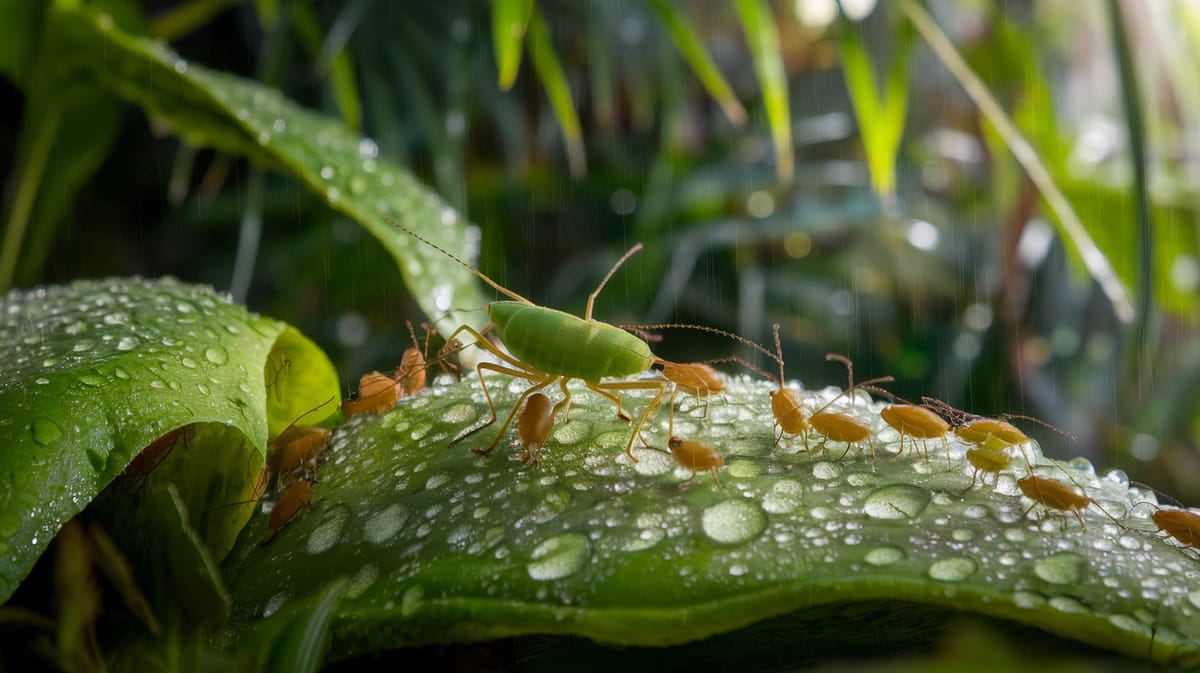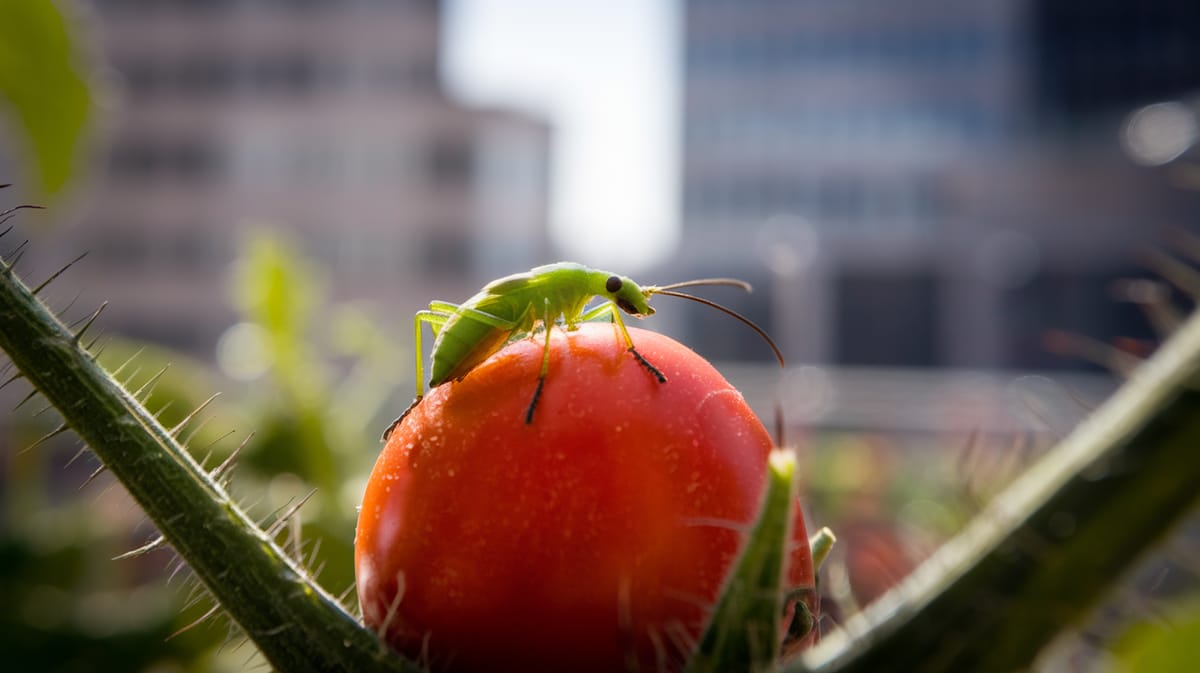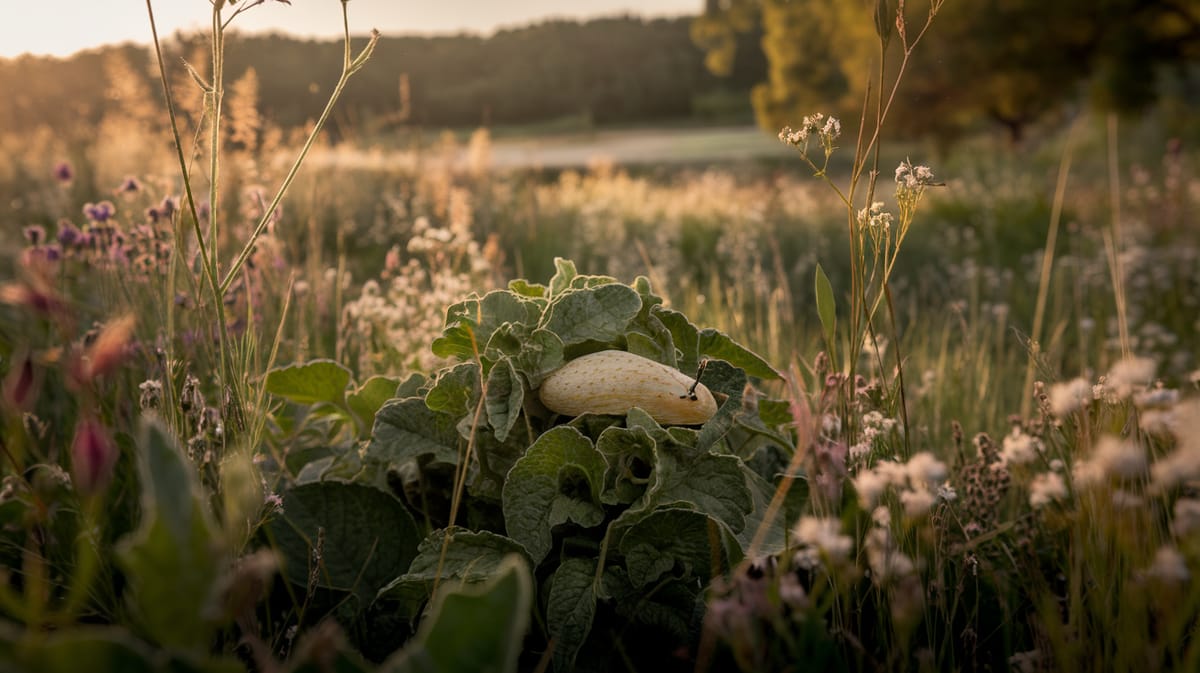Potato Aphid
Tiny yet mighty, the Potato Aphid thrives with resilience, adapting swiftly to environmental changes and impacting ecosystems with its rapid reproduction. Its presence challenges agriculture with a unique, complex role.

Key Insights at a Glance
Did You Know?
Taxonomy & Classification
Potato aphids exhibit an extraordinary ability to rapidly adapt to different host plants, highlighting their evolutionary success in agricultural ecosystems. Let's understand the evolutionary journey and classification of these remarkable herbivores.
Global Presence
Found in various regions worldwide, potato aphids thrive in temperate zones, impacting crops across continents with their adaptability.
Evolutionary Adaptation
Originating around 30 million years ago, they evolved impressive adaptations to survive changing climates and host plant defenses.
Lifecycle and Growth
A remarkable journey of transformation from Egg to Adult.
Egg
Eggs are laid on host plants and endure the winter, waiting for favorable conditions to hatch into nymphs.
Nymph
Nymphs resemble smaller adults and undergo several molts, rapidly growing and developing reproductive capabilities.
Adult
Adults, capable of flight, reproduce both sexually and asexually, ensuring quick population expansion on host plants.
Dietary Habits
Feeding primarily on plant sap, this insect exhibits specialized mouthparts for efficient extraction from host plants.
| DIET TYPE | DESCRIPTION |
|---|---|
| Primary Diet | Consumes sap from potatoes, tomatoes, and other Solanaceae family plants as its primary food source. |
| Secondary Diet | Occasionally feeds on sap from legumes, including peas and beans, when preferred plants are scarce. |
| Occasional | Rarely shifts to other garden plants, like lettuce or spinach, during times of scarcity or environmental stress. |

Behaviour and Adaptations
Discover the intriguing traits that help the Potato Aphid thrive in diverse environments.
Rapid Reproduction
Quick reproduction allows swift population growth, ensuring species survival.
Plant Sap Extraction
Specialized mouthparts efficiently extract nutrients from host plants.
Host Plant Adaptation
Adapts to various host plants for survival and dispersal.
Ecosystem Impact
Potato Aphids play a crucial role in maintaining ecological balance.
Nutrient Recycler
Potato Aphids help decompose plant matter, returning essential nutrients to the soil.
Prey for Predators
Serve as a food source for beneficial insects like ladybugs and lacewings.
Pollination Assistant
Their movement aids pollination by transferring pollen as they feed.
Conservation Challenges
Understanding and addressing the major threats to Potato Aphid populations.
Chemical Exposure
Pesticides disrupt aphid life cycles and reduce populations.
Habitat Loss
Agricultural expansion reduces available habitats for aphids.
Climate Change
Temperature shifts alter aphid distribution and lifecycle timing.
Frequently Asked Questions
How long do Potato Aphid live?
Potato aphids typically live for about 10 to 30 days. Their lifespan can vary depending on environmental conditions such as temperature and availability of food. They reproduce quickly, which helps them sustain their population despite their relatively short lives.
What do Potato Aphid eat?
Potato aphids feed on the sap of plants. They are particularly fond of potato plants but also consume other crops like tomatoes, peppers, and eggplants. Their feeding can damage plants by causing wilting, yellowing, and curling of leaves.
Are Potato Aphid poisonous?
Potato aphids are not poisonous to humans or animals. They are plant pests, posing a threat to agricultural crops. Their feeding can transmit plant viruses, which can harm crops but do not affect human health.
Are Potato Aphid endangered?
Potato aphids are not considered endangered. They are common agricultural pests found in many regions worldwide. Their ability to reproduce rapidly and adapt to various environments helps maintain their population levels.
What do Potato Aphid symbolize?
In agriculture, potato aphids symbolize the challenges of pest management. They represent the need for effective control measures to protect crops from damage and disease transmission. They do not have a specific cultural or symbolic meaning beyond their agricultural impact.
Do Potato Aphid bite?
Potato aphids do not bite humans or animals. They feed solely on plant sap using specialized mouthparts designed for piercing and sucking. Their presence in gardens and farms is primarily a concern for plant health rather than human interaction.
What color are Potato Aphid?
Potato aphids are typically green or pink, but their color can vary based on their environment and the plants they feed on. This coloration helps them blend in with the foliage, making them less visible to predators.
Does a Potato Aphid have wings?
Potato aphids can have wings or be wingless, depending on environmental conditions. Winged aphids usually develop when populations become crowded or when food resources are scarce, allowing them to disperse to new areas.
What does a Potato Aphid look like?
Potato aphids are small, soft-bodied insects measuring about 1/8 inch long. They have pear-shaped bodies, long antennae, and may be winged or wingless. Their color ranges from green to pink, helping them camouflage among plant leaves.
Is a Potato Aphid an insect?
Yes, a potato aphid is an insect. It belongs to the order Hemiptera, known for having piercing-sucking mouthparts. Aphids are true bugs, characterized by their small size, soft bodies, and ability to reproduce rapidly.
Related Insects
Discover insects with similar characteristics to Potato Aphid - including shared habitats, diets, and taxonomic classifications
Share this profile
Help others discover Potato Aphid
